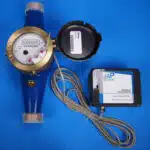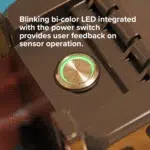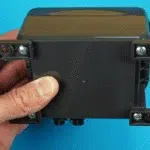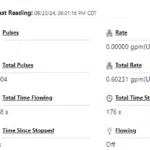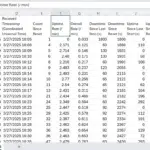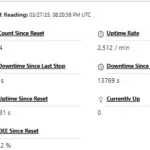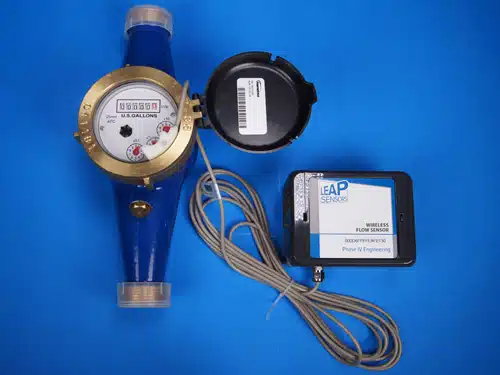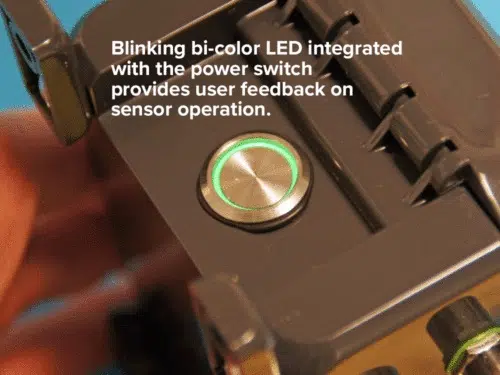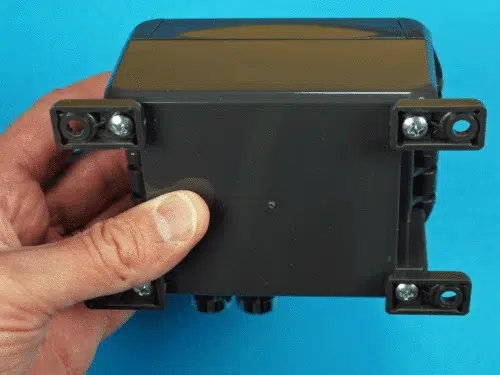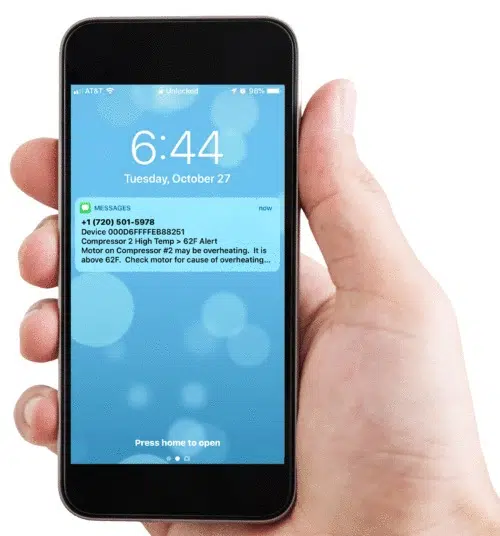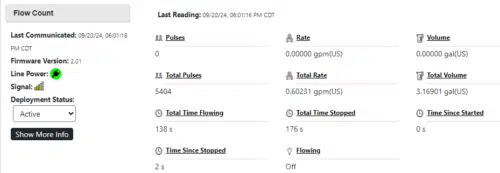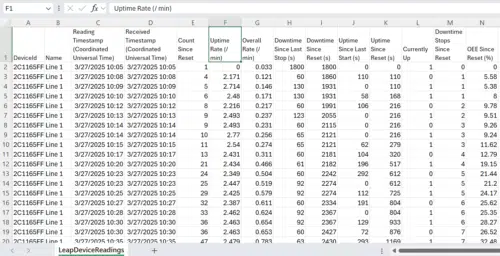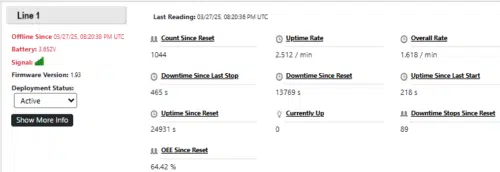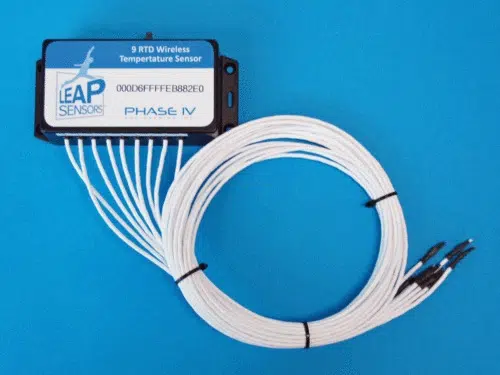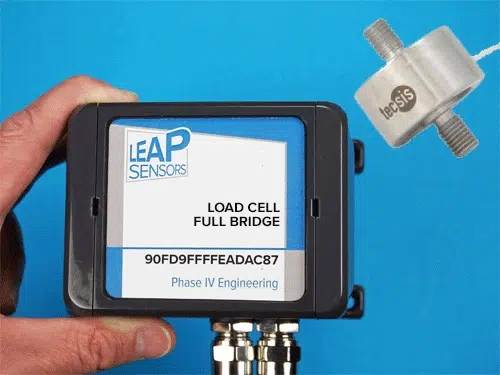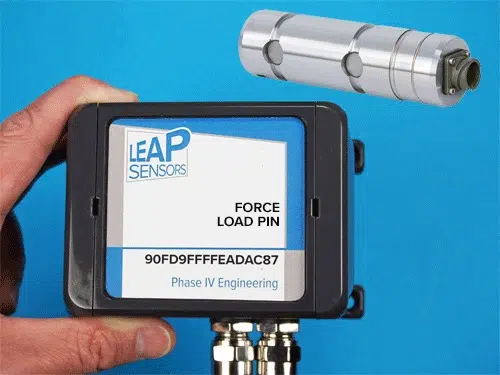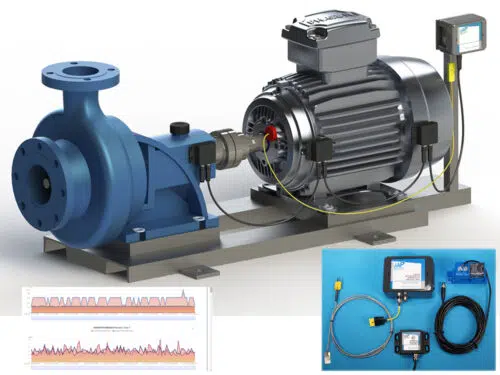Leap Sensors are specially designed to easily adapt to your specific needs. If this isn’t exactly what you need, please contact us.
Wireless In-Line Pulse Flow Sensor Specifications
The Leap wireless pulse-counting flow sensor can be integrated with a wide range in-line flow sensors that have a pulse output. These include meters with dry contact relays, reed switches, and Hall-effect sensors. Also works with discrete encoder outputs.
Common flow meter styles that work with this node include:
- Flow meters that include a visible gauge with multiple dials with a magnet on the smallest dial. These meters are commonly used by water utilities and for industrial measure of liquid volumes over time. Adding a Leap node allows customers to collect a rich history of flow events and volumes over time, and remotely monitor this style of gauge.
- Multi jet meters with only a digital output. Typically, these types of gauges provide very precise measures of flow and volume with pulse rates of 10-30 per second for every liter of flow per minute.
- Separately powered flow meters with displays and pulse outputs. Pulse outputs allow for remote monitoring and time-stamped flow history.
- Digital absolute encoders used in non-flow applications, like measuring the speed of a production process. The same logic applies, but different names can be substituted for the unique qualities of the application.
Contact Us to integrate an application-specific pressure sensor with the Leap Sensors wireless system.
Edge Node Configuration and Data
- The node “counts” the pulses. The configuration menu in the Leap software converts each pulse to X liters of liquid flow (per pulse).
- Node can be configured to determine the amount of time to determine when flow has stopped after a break in incoming pulses.
- Choose the appropriate units of measurement for your preference (liters, gallons, etc.)
- The node uses edge computing to count or calculate the following values:
- Pulses: the count of the physical pulses received from the flow meter during the current flow event.
- Rate: the current flow rate over the latest sample interval
- Volume: the volume of flow during the current flow event
- Total Pulses: the total number of physical pulses since the last time the node was reset.
- Total Rate: the average rate of flow over all the time since the node was last reset.
- Total Volume: the total amount of flow since the last time the node was reset.
- Total Time Flowing: the total amount of time the meter sensed flow since the node was reset.
- Total Time Stopped: the total amount of time that no flow was detected since the node was reset.
- Time Since Started: the amount of time that the current flow event has been active
- Time Since Stopped: the amount of time there has been no flow since flow was last detected
- Flowing: ON when flow is detected, OFF when flow is not detected.
- Counts, rates, volumes and times can be reset from a button on the node, or reset remotely from the Leap interface, or configured to reset up to 4 different scheduled times per day.
- Time stamped data can be stored periodically based on time or based on changes in status between flowing and non-flowing.
- Names and descriptions can be changed to match user preferences or to match with details of a specific application. For example, with an encoder on a production line, line speed might be more appropriate than flow, and length might be more appropriate than volume.
- Pulses can be monitored at rates of up to 1000 pulses per second.
*Custom-ordered leap sensors are available with a direct-to-cellular option where no gateway is needed and the data is sent directly to a cloud server. Contact us for more information.
The wireless in-line pulse counter flow sensor is ideal for:
- Monitoring irrigation lines
- Monitoring cooling systems
- Filtration systems monitoring
- Monitoring water flow or other liquids
